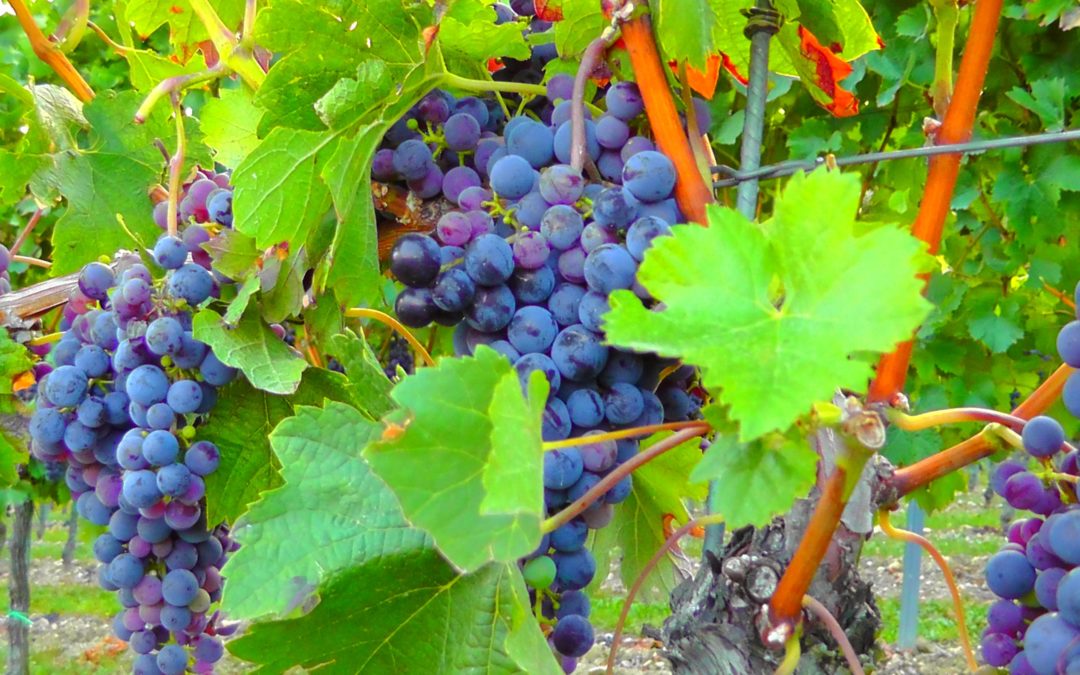Blending different grapes to produce wines is not a new concept considering it was how most ancient wines were vinified. The grapes were picked, thrown into a vessel and voila — wines were made. This was known as a field blend. But for modern blends the question I am most asked is: Are these wines of lesser quality?
The short answer: No.
It’s important to address because many consumers seem to have a tendency to shy away from blends for fear they aren’t as good as single varietal wines.
Today, the process for most blends is for the grapes to be picked and then fermented separately before blending. Most grapes are blended with what are known as traditional blending partners, for example you rarely will see a cabernet sauvignon blended with pinot noir, but cabernet and merlot are common blending partners. There’s more behind these partnerships than most people realize. It’s important to understand the concept and the simple agriculture rules for why winemakers chose to blend rather than use a single variety for production.
It isn’t simply because some grapes taste wonderful together. It’s also a matter of viticulture strategy. Most grapes with similar growing climate demands will generally be good blending partners. Consider if you have a crop of any grapes growing within miles of each other. Chances are very strong you will need to have some type of “insurance” against one grape variety ripening early only to be destroyed by frost or another dilemma of climate factors forcing one variety to ripen too soon while another just can’t seem to get the sunshine to gain the sugars and is racing in acidity.
Blending allows vintners to bring out the best qualities of each grape, while providing some crop (and profit) protections in the field.
Examining some of the most famous red blends of Bordeaux is a good start in “blending 101.” The top grapes grown are cabernet sauvignon, merlot, cabernet franc, malbec and petit verdot. Cabernet is considered the body and tannic structure while merlot, very similar to a cabernet, offers more refined tannins and juicier cherry and herbal notes. While cabernet franc and malbec can obviously stand alone, they bring complexity of peppery flavors, plum and a lot of creamy fruit flavors. Which leaves the distinct petit verdot usually used sparingly because of its intense opaque color and a splash of floral and tannins.
So, when picking up your next bottle of a blended wine consider the strategic growing practices and of course the care in the art and science of the winemaker’s direction.
THE VALUE
- Chateau Bonnet Rouge, France (about $20 retail)
THE SPLURGE
- Chateau Greysac Medoc, France (about $30 retail)
